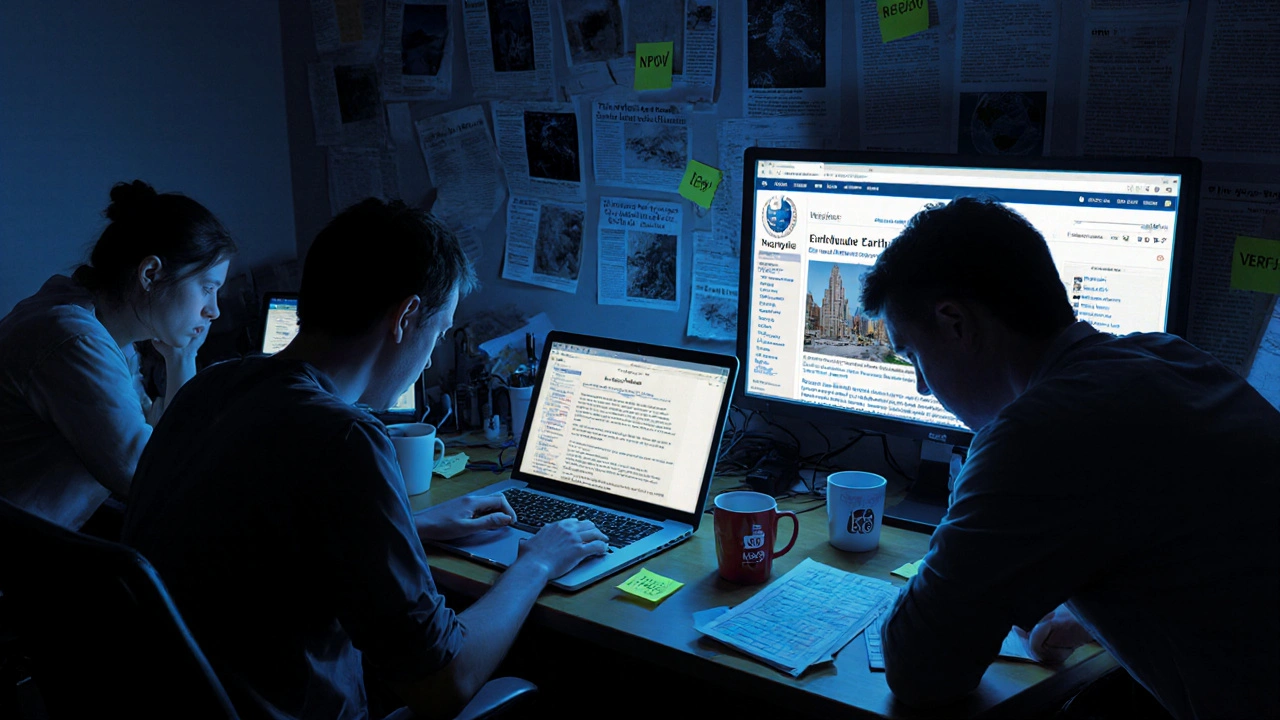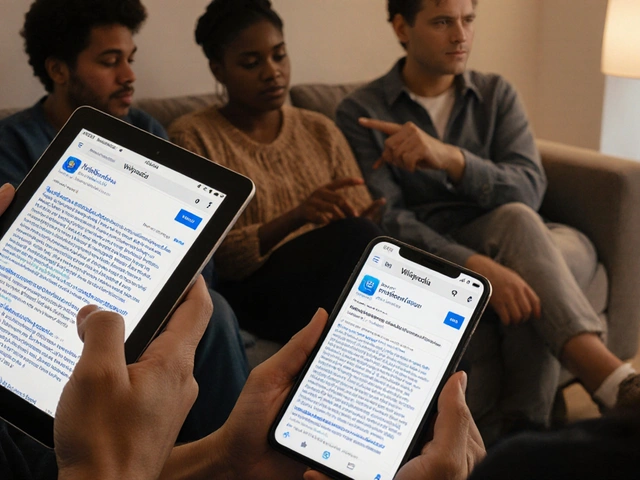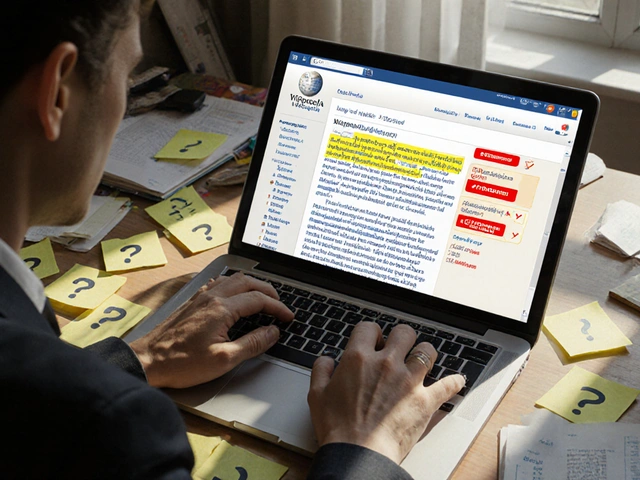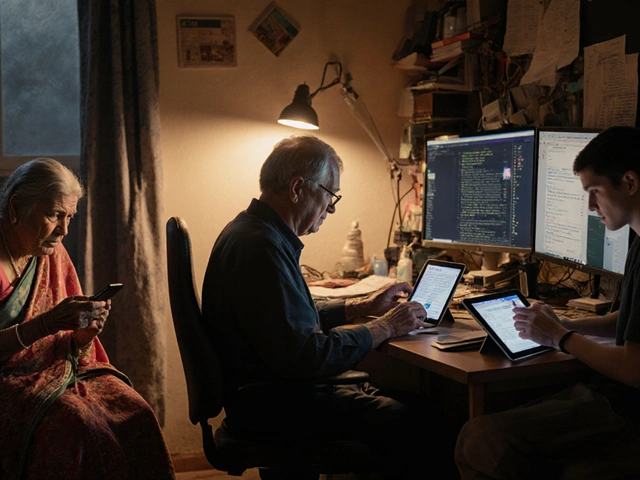Wikipedia editorial policy: How rules keep the encyclopedia reliable
When you read a Wikipedia article, you’re not just seeing facts—you’re seeing the result of a complex system called Wikipedia editorial policy, a set of mandatory rules and community-backed guidelines that determine what content is allowed, how it’s sourced, and how disputes are resolved. Also known as Wikipedia content policy, it’s what stops the site from becoming a free-for-all and keeps it trustworthy for millions. Unlike commercial encyclopedias, Wikipedia doesn’t have paid editors or corporate owners. Its reliability comes from a quiet but strict system of rules that every editor, from beginners to veterans, must follow.
This system isn’t random. Wikipedia policies, formal rules that are binding and enforceable, like Neutral Point of View and Verifiability. Also known as core content policies, they’re the backbone of every article. Then there are Wikipedia guidelines, advice that helps editors apply policies in real situations, like how to handle fringe theories or cite obscure sources. Also known as best practice recommendations, they’re not mandatory—but ignoring them often leads to edits being reverted. And beneath both are essays—opinions, not rules—that help explain the spirit behind the policies. These layers work together to balance freedom with control. For example, the due weight policy ensures minority views aren’t erased, but also prevents giving false balance to fringe ideas. The reliable sources policy keeps Wikipedia grounded in published, expert-backed material—not blogs, social media, or self-published claims. And the neutral point of view policy forces editors to represent all significant perspectives fairly, no matter their personal beliefs.
These rules aren’t just theory. They’re what let a journalist use Wikipedia to find leads, a student cite it in a paper, or a researcher track how coverage of Indigenous communities improves over time. They’re why Wikipedia still outpaces AI encyclopedias in public trust—because you can see the sources, the debates, and the edits behind every line. You can’t do that with a black-box AI that just spits out citations that don’t actually support the claims.
What you’ll find below is a collection of real stories about how these policies work—or sometimes break. From how the Signpost picks stories to how copyright takedowns erase knowledge, from AI’s growing role in editing to how volunteers fight systemic bias, these posts show the human side of the rules. You’ll learn how to use watchlists to catch vandalism, how to build annotated bibliographies that stick, and why some edits get reverted even when they seem right. This isn’t a dry manual. It’s a look under the hood of the world’s largest encyclopedia, where every edit is a vote—and every policy is a promise to keep knowledge free, fair, and accurate.
How Wikipedia's Current Events Portal Selects Stories for Coverage
Wikipedia's Current Events portal doesn't follow headlines - it follows verified facts. Learn how volunteer editors select only significant, well-sourced events for inclusion, and why some major stories are left out.







